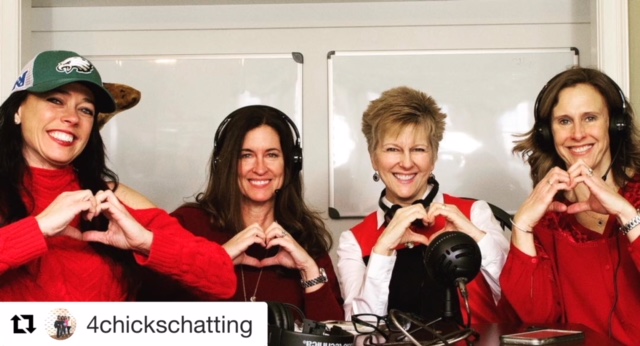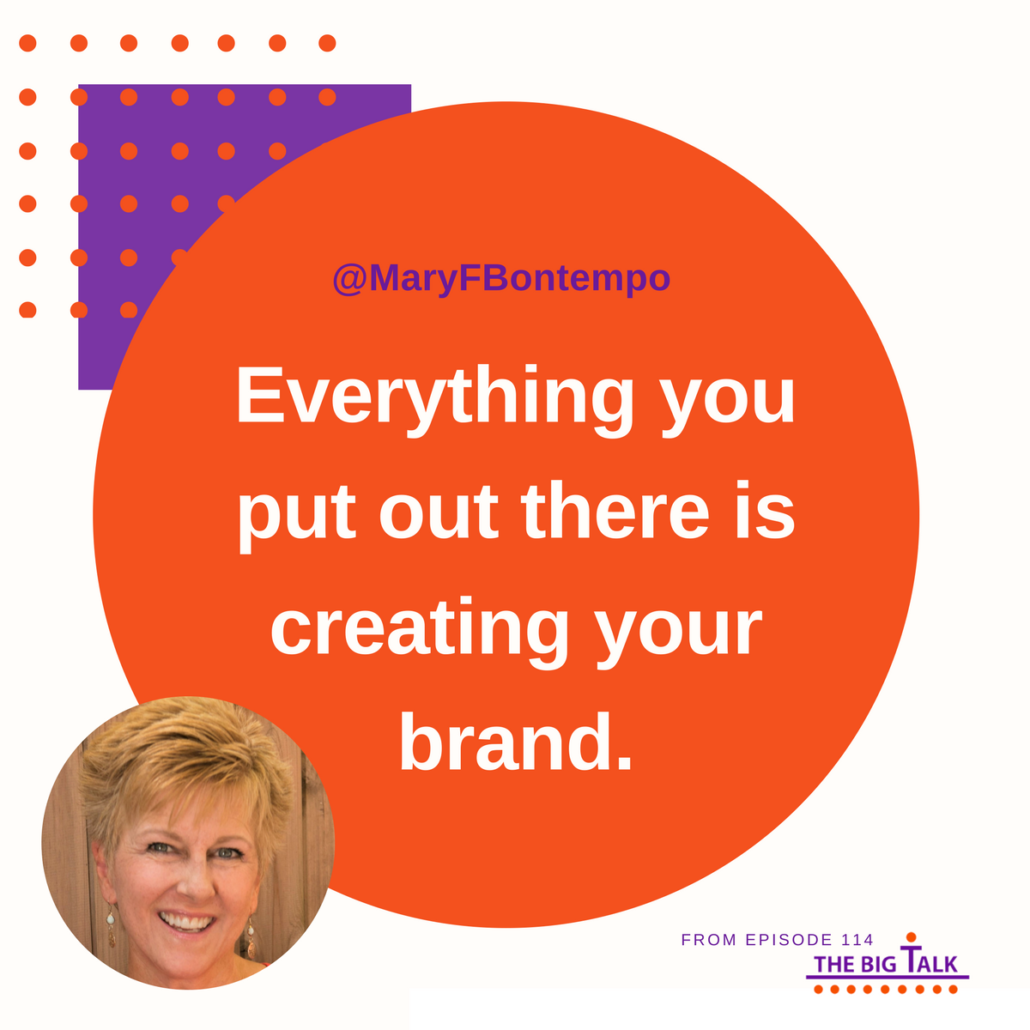By: Mary Fran Bontempo
To hear an audio version of this post, click the play arrow below.
 I was in the fourth grade when I got the news.
I was in the fourth grade when I got the news.
After months of squinting at the blackboard and whispering to the kids around me to ask what the teacher had written, my mother took me to the eye doctor. I needed glasses.
Of course, I was horrified. Back then (I won’t say just how far back then, but suffice it to say far enough), glasses were not cool. Any kid unfortunate enough to need glasses was “four eyes,” a nerd, or worse. I was already horribly awkward around my peers, shy and a misfit. Glasses sealed my fate; I was doomed to be that smart, odd, homely girl with the glasses. ( A few years later, a dentist added braces. Dear God, I still feel sorry for myself to this day, and it was well deserved sympathy, as some truly frightening school photos can attest.)
When I finally got contacts, around age sixteen, the angels sang. The contacts were also awful and uncomfortable, but at least I didn’t have to wear glasses any more. And once the braces came off, there was hope for me after all.
Many years and much therapy later, I thought I’d put all of this behind me, until the angst resurfaced when I saw the new headgear introduced by Google: Google Glass.
Google Glass is essentially a band that goes around your head, little nose supports attached, with a computer attached to it. At first glance, it sort of reminded me of LeVar Burton’s character in Star Trek–the blind guy forced to wear this weird contraption wrapped around his head to see.
Google Glass is awkward, futuristic looking and kind of gave me the willies. Of course, it’s also from Google, so what it can do is pretty amazing, if you want to talk to a computer wrapped around your head.
By saying, “Okay, Glass, take a picture,” Google Glass will oblige. It will also give you directions, look stuff up, shoot a video, post all of your self-important crap to the self-important social media sites we all (grudgingly, on my part) utilize. In short, it does everything that first, our computers, then, our tablets, and finally, our phones could do–hands free.
Hands free is a big deal with Google Glass, and it’s all part of the effort to allow us to cram even more stuff into our already overloaded days. Access to everything–not at your fingertips, at your eyeballs.
At least, that’s the intention. But after looking at the device, I had to wonder: Is Google Glass just one more thing that keeps us from seeing the world clearly? I mean, really, when are we going to stop sticking things in front of our faces in lieu of actually looking at what’s around us? Haven’t we seen enough videos of distracted people walking into fountains at malls or falling into open manholes to know it’s a bad idea? Why are we so determined not to see what’s directly in front of us? Why is something else always better than what our eyes can see in the moment at hand?
I’m sure Google Glass’s inventors would argue that the Glass enhances our experiences. But when everything our eyes can see is reduced to the size of the rectangle Google Glass puts in front of our eyes, how can that be? Remember peripheral vision, anyone? You can miss a lot of stuff if you ignore peripheral vision–like a bus coming straight at you that you don’t see because you’re too busy communing with Google Glass, or the stranger you’re supposed to fall in love with who’s just out of the Glass’s frame, or the butterfly fluttering just outside of your direct sight line.
And let me reiterate that the things look weird. Something on my face that make me look and feel worse than I already do. Been there, done that.
I know all of this technology is probably the wave of the future and I sound like a crazy old lady. But I’m not feeling that way. I’m feeling like a fourth grader who was just told that she has no choice but to wear glasses so she can see.
This time, though, I don’t believe the glasses will help my vision one bit.
What’s your take on Google Glass? Click “comments” below and share!







Leave A Comment